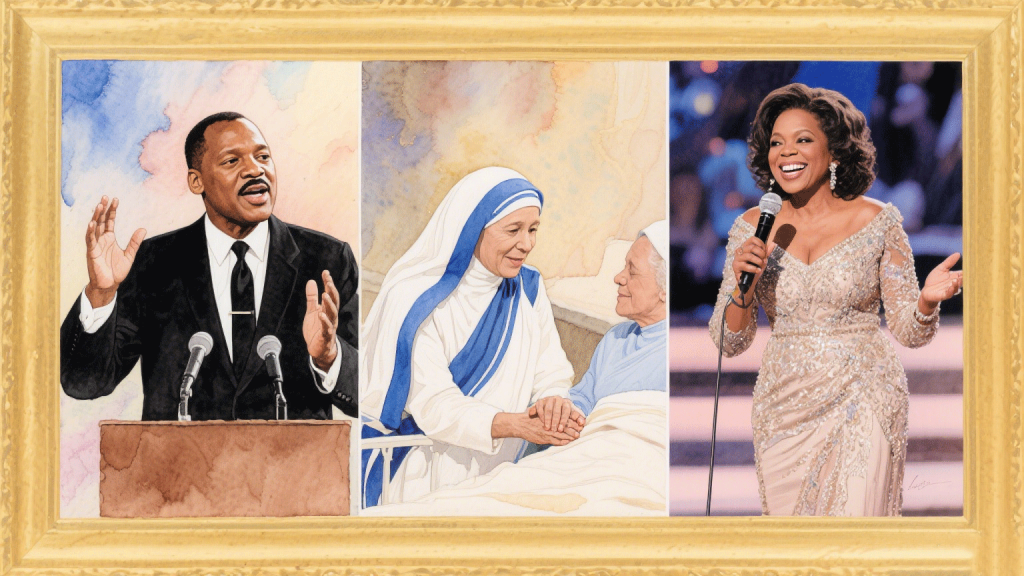This article provides an in-depth exploration of Sakamoto Days MBTI, analyzing the personalities of key characters, their motivations, and how their traits influence the story’s development.
Introduction
The keyword sakamoto days mbti has become increasingly popular among fans who want to explore not only the action and comedy of the manga but also the psychological depth of its characters. By applying the MBTI framework to Sakamoto and his allies and enemies, we can better understand what drives them, how they interact, and why the story resonates with readers worldwide.
This article offers a complete analysis of the personalities within Sakamoto Days, highlighting how each MBTI type manifests in their decisions, struggles, and relationships.
What Is MBTI?
Before diving into sakamoto days mbti, it’s essential to understand the basics of MBTI. The Myers-Briggs Type Indicator categorizes individuals into 16 personality types based on four dichotomies:
Extraversion (E) vs. Introversion (I) Sensing (S) vs. Intuition (N) Thinking (T) vs. Feeling (F) Judging (J) vs. Perceiving (P)
When applied to manga characters, MBTI allows us to decode their personalities, motivations, and growth arcs in a structured way.
Taro Sakamoto’s MBTI
At the heart of sakamoto days mbti is the protagonist, Taro Sakamoto. Once a legendary hitman, he retired to live peacefully as a family man.
Likely Type: ISFJ (The Protector)
Sakamoto embodies loyalty, dedication, and selflessness. As an ISFJ, he values harmony, prioritizes his loved ones, and uses his skills not for glory but for protection.Introversion (I): Prefers quiet life in his store, away from attention.
Sensing (S): Grounded, focused on practical solutions.
Feeling (F): Guided by empathy, especially toward his family.
Judging (J): Structured, responsible, and determined to maintain order.
Sakamoto’s ISFJ traits highlight the central theme of the manga—balancing a peaceful family life with the shadows of his past.
Shin’s MBTI
Another core figure in sakamoto days mbti discussions is Shin, Sakamoto’s friend and ally with telepathic abilities.
Likely Type: ENTP (The Debater)
Shin is energetic, curious, and sometimes reckless, constantly pushing against limits.Extraversion (E): Outgoing, thrives on interaction.
Intuition (N): Thinks outside the box, quick to analyze situations.
Thinking (T): Relies on logic but sometimes clashes with emotions.
Perceiving (P): Flexible, adaptable, thrives in spontaneity.
His ENTP personality contrasts Sakamoto’s calm ISFJ nature, creating a dynamic balance in the story.
Lu Xiaotan’s MBTI
Lu Xiaotan brings humor and brightness to Sakamoto Days. Her energy and adaptability make her stand out.
Likely Type: ESFP (The Performer)
She’s vibrant, fun-loving, and quick to engage with others.Extraversion (E): Energetic and sociable.
Sensing (S): Focused on the present, quick to act.
Feeling (F): Warm and empathetic.
Perceiving (P): Spontaneous and easygoing.
Her ESFP personality type reflects her role as comic relief while also being an essential ally in combat.
Heisuke Mashimo’s MBTI

As a sniper with a complex personality, Heisuke adds depth to sakamoto days mbti analysis.
Likely Type: ISTP (The Virtuoso)
Independent, pragmatic, and highly skilled in combat.Introversion (I): Keeps to himself, observant.
Sensing (S): Aware of details, sharp reflexes.
Thinking (T): Logical, detached under pressure.
Perceiving (P): Adapts quickly in combat situations.
His ISTP qualities highlight his lone-wolf nature, contrasting with the teamwork-driven personalities of others.
Antagonists and Their MBTI Types
The villains in Sakamoto Days also contribute to the richness of sakamoto days mbti discussions.
Slur (aka X): Likely ENTJ (The Commander)—visionary, ruthless, and highly strategic. Kanaguri: Likely INFJ (The Advocate)—idealistic, deeply driven by personal beliefs. Osaragi: Likely ENFP (The Campaigner)—chaotic, energetic, thrives on unpredictability.
These MBTI interpretations explain why antagonists clash with Sakamoto—they often embody traits opposite to his ISFJ personality.
Dynamics Between Characters
The interactions in sakamoto days mbti show how contrasting personalities create balance:
Sakamoto (ISFJ) & Shin (ENTP): Structure meets spontaneity. Sakamoto (ISFJ) & Lu (ESFP): Stability meets energy. Sakamoto (ISFJ) & Slur (ENTJ): Protector versus Commander—a clash of values.
These dynamics not only drive the story forward but also keep readers engaged.
Psychological Themes
The use of sakamoto days mbti helps uncover recurring psychological themes:
Duality of Peace and Violence: Sakamoto wants a quiet life but cannot escape his past. Friendship and Loyalty: The bond among characters shows how personality differences build trust. Moral Conflicts: Characters’ MBTI types reflect their ethical dilemmas and choices.
By exploring these aspects, we see that Sakamoto Days is more than just an action manga—it’s a study of human personality.
Conclusion
In conclusion, sakamoto days mbti reveals how MBTI analysis enriches our understanding of Sakamoto and his world. Sakamoto’s ISFJ personality anchors the story, while Shin’s ENTP, Lu’s ESFP, and the antagonists’ varied types add complexity.
By analyzing sakamoto days mbti, fans gain new insights into character motivations, psychological depth, and the powerful storytelling that makes this manga so compelling.
A1: Sakamoto is most likely an ISFJ, embodying loyalty, responsibility, and protection.
A2: MBTI provides a psychological lens to understand characters’ motivations, decisions, and conflicts.
A3: Shin fits the ENTP type due to his energetic, curious, and sometimes reckless nature.
A4: Yes, many antagonists show ENTJ, INFJ, or ENFP traits, creating compelling contrasts with Sakamoto.

